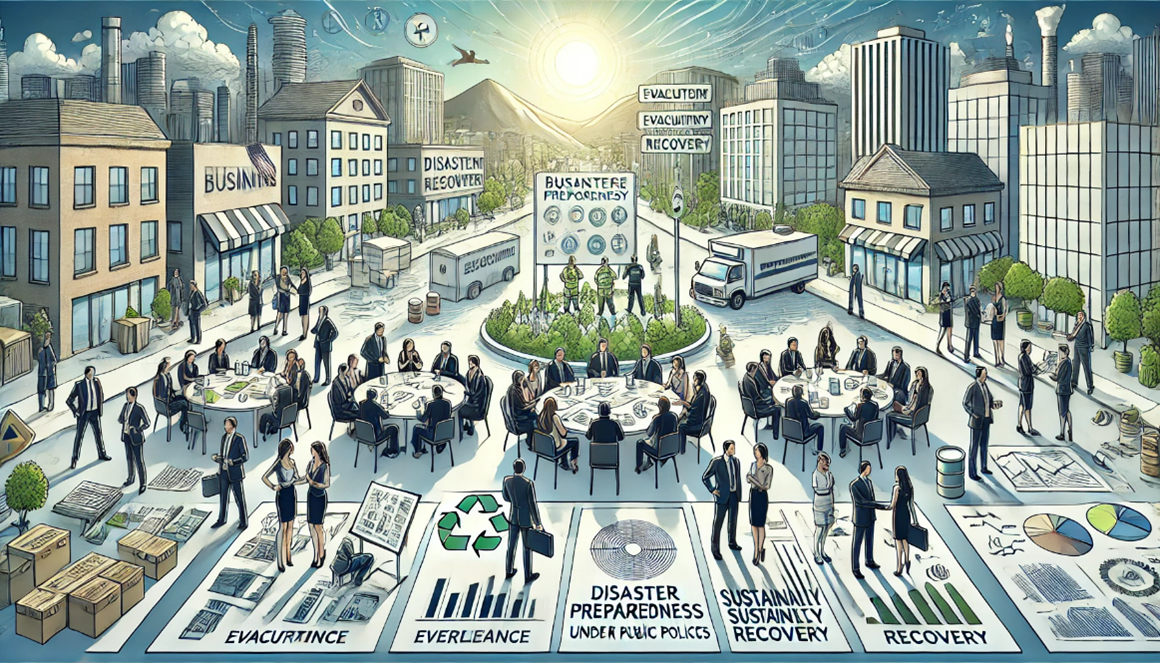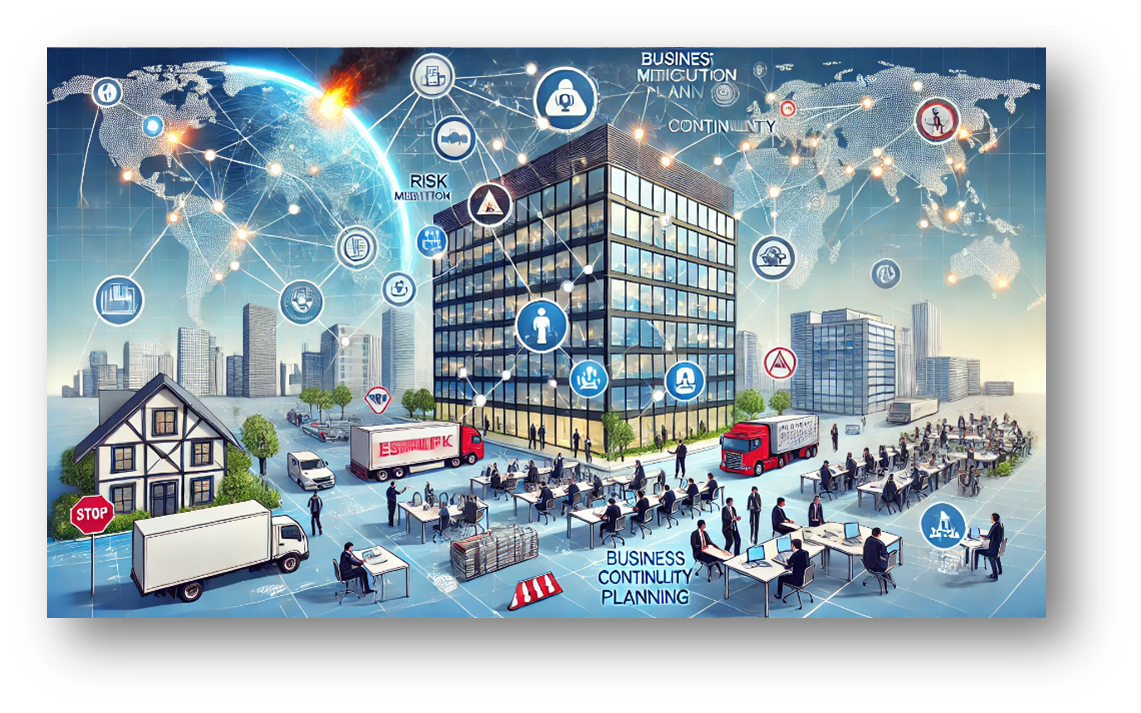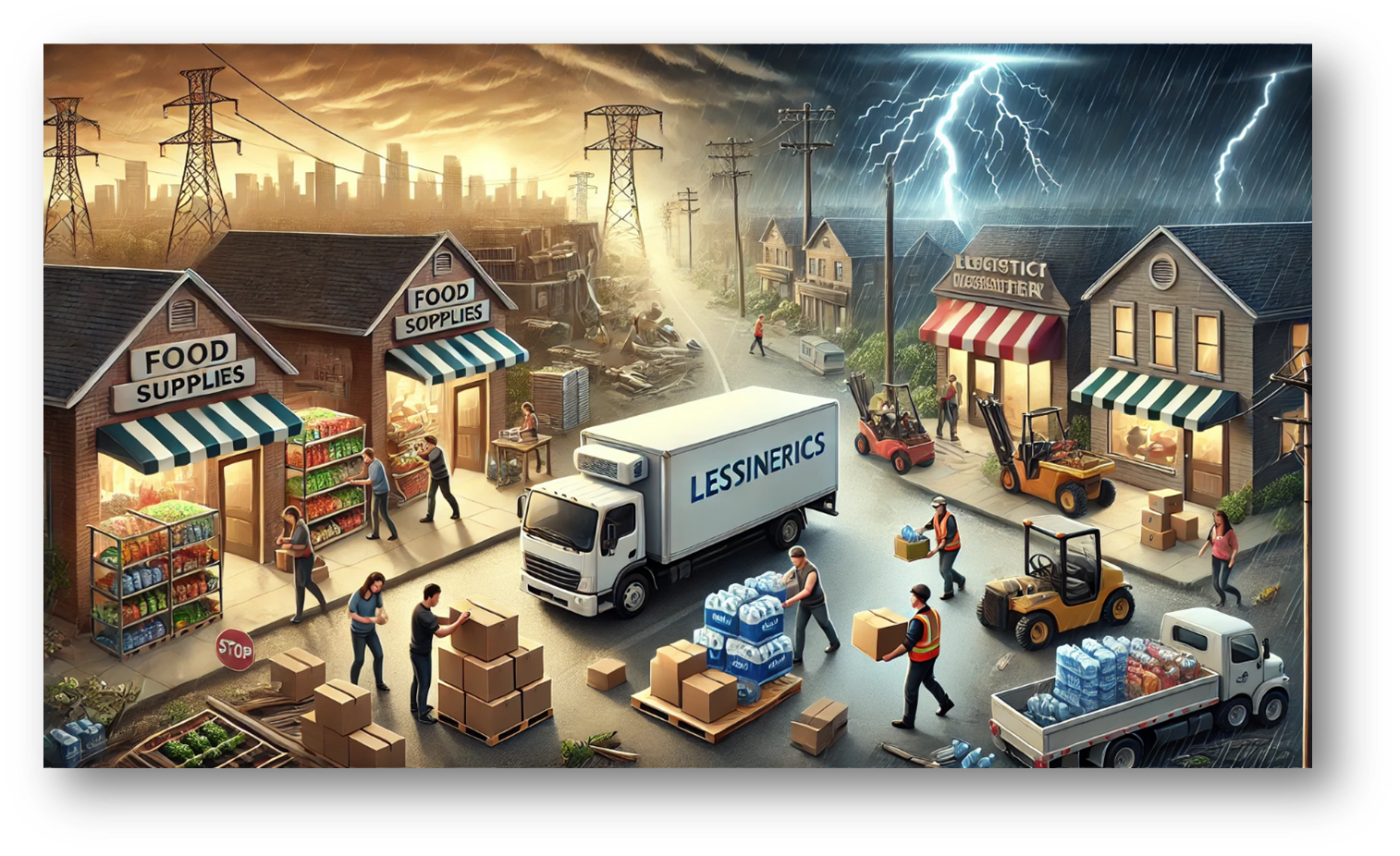Role of businesses in disaster preparedness and recovery under public policies

Role of businesses in disaster preparedness and recovery under public policies
by vivienne 05:25pm Jan 03, 2025

Businesses play a crucial role in disaster preparedness and recovery, functioning as essential partners to governments, communities, and other stakeholders. Public policies often outline frameworks and incentives for businesses to engage in these efforts.
Here's a breakdown of the roles businesses can play under public policies:
1. Disaster Preparedness
a. Risk Mitigation and Business Continuity Planning
Adopting Standards: Public policies may encourage or mandate businesses to adopt safety and resilience standards, such as seismic codes for buildings or data protection frameworks.
Training and Awareness: Policies often promote training for employees on disaster response and evacuation plans.
Supply Chain Resilience: Businesses are encouraged to diversify and strengthen their supply chains to withstand disruptions.

b. Collaboration with Public Agencies
Data Sharing: Businesses may share risk data (e.g., about critical infrastructure) with government agencies to enhance disaster modeling and planning.
Public-Private Partnerships (PPPs): Governments and businesses can collaborate to co-develop infrastructure and resources for disaster response, such as early warning systems.
c. Community Engagement
Supporting Local Preparedness: Through Corporate Social Responsibility (CSR) initiatives, businesses can invest in community preparedness programs, like emergency shelters or educational campaigns.
2. Disaster Response and Recovery
a. Resource Provision
Goods and Services: Businesses, especially in logistics, retail, and utilities, are often called upon to provide essential goods and services (e.g., food, water, electricity) during disasters.
Donations and Grants: Policies may incentivize businesses to contribute through tax breaks or recognition programs.

b. Employment and Economic Stability
Restoring Operations: Businesses are key to ensuring economic recovery by reopening and providing jobs post-disaster.
Support for Employees: Public policies may encourage businesses to offer extended benefits, counseling, and financial support to affected employees.
c. Innovation and Technology
Deploying Technology: Tech companies can assist in disaster response with innovations like drones for search and rescue, apps for communication, and big data for real-time monitoring.
R&D Incentives: Governments might fund or incentivize R&D for disaster-resilient technologies.
3. Adherence to Regulatory Requirements
Public policies may impose requirements to ensure businesses contribute effectively:
Insurance Mandates: Ensuring businesses have disaster insurance to manage risks.
Compliance with Safety Protocols: Adherence to zoning laws, environmental regulations, and workplace safety standards.
4. Advocacy and Policy Shaping
Businesses also influence public policy:
Advocacy for Better Policies: Companies lobby for policies that enhance regional disaster resilience.
Participation in Planning: Businesses often sit on advisory committees to help shape disaster preparedness frameworks.

5. Long-Term Recovery and Resilience
Rebuilding Infrastructure: Businesses, especially in construction and engineering, play a critical role in rebuilding efforts.
Green and Sustainable Practices: Policies may promote businesses to adopt sustainable recovery practices, reducing long-term risks from climate-related disasters.
Key Public Policy Examples
FEMA's Private Sector Engagement (U.S.): Encourages partnerships with businesses for disaster preparedness.
Sendai Framework for Disaster Risk Reduction: Advocates for greater private sector involvement in disaster resilience globally.
National Disaster Management Authority Guidelines (India): Includes directives for private sector collaboration.
Businesses, under the right policy frameworks, not only protect their operations but also enhance community resilience and recovery. Their proactive involvement is essential to achieving sustainable disaster management.






